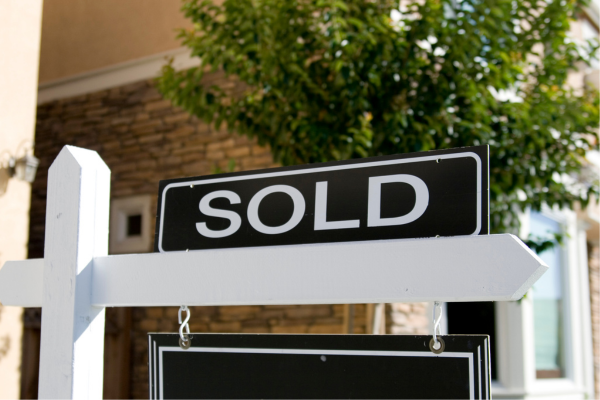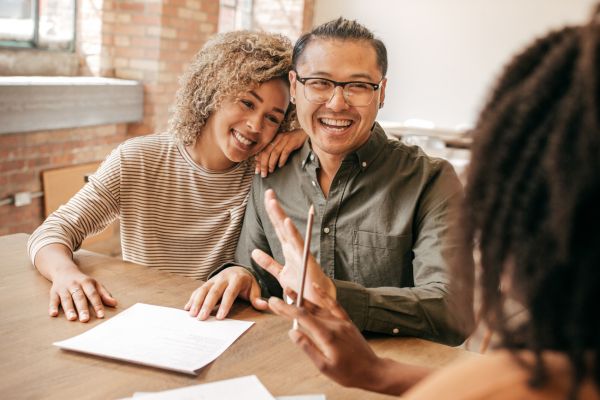A Seller’s Guide for West Toronto Open Houses That Work
11/17/25
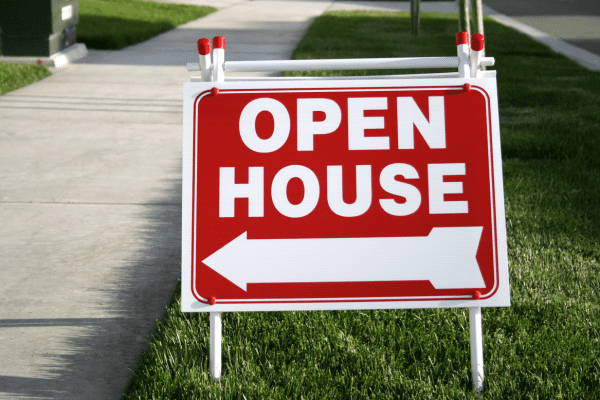
An open house is not just a sign on the lawn and a door left unlocked. It is a short event that can put your home in front of many serious buyers in a single afternoon.
In West Toronto, buyers are busy. They are comparing homes in High Park, Bloor West Village, The Junction, Roncesvalles and nearby streets. Many of them will visit at least one open house while they search. Your goal is simple. If they are going to visit an open house, you want it to be yours.
At the Smith Proulx Real Estate Team, we treat every open house as a small marketing campaign. We live and work in Toronto’s west end, so we see how buyers move through High Park, Bloor West Village, The Junction and Roncesvalles. We plan the timing. We plan the staging. We plan how we greet people and how we follow up.
Let’s walk you through how we think about open houses, and how they can help you when you are ready to sell.
What Is an Open House, Really?
An open house is a scheduled time when buyers can walk through your home without booking a private showing. It is usually held on a weekend or on a weeknight in the early evening.
But a good open house is more than a walk through. It is a curated event that helps buyers imagine their own life in the space. The rooms are clean and bright. Clutter is packed away. Personal photos are removed, so buyers can picture their own family on the walls instead.
Small details make a big difference. Fresh flowers, soft music and a light, clean scent can make the home feel warm and calm. Lights are turned on in every room. The temperature is set so people feel comfortable as they move from room to room.
A strong open house also tells a story. It shows how the home connects to the neighbourhood around it. For a West Toronto home, this might mean pointing out the walk to High Park, the nearest subway stop, the local cafés or the school down the street.
Here is the key idea. An open house is not just about getting people through the door. It is about helping the right buyers feel, in a very real way, “I could live here.”
Looking for more insights and helpful tips? Subscribe to get these delivered straight to your Inbox!
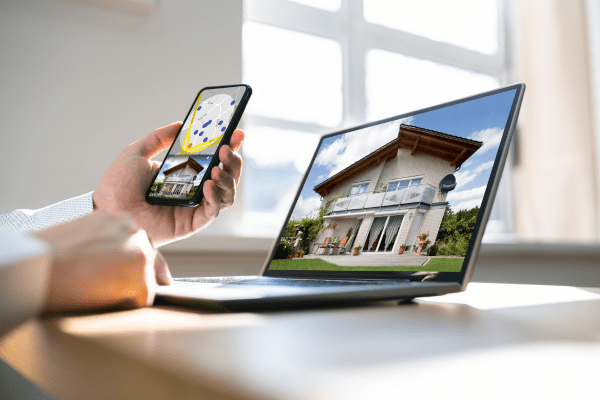
How Open Houses Fit into the Sales Process
Most buyers do not find their home at the open house itself. They usually see the listing online first, then use the open house to decide if it stays on their short list.
Think of the open house as the middle of the process, not the start or the end. It takes online interest and turns it into real, in person interest.
In a single afternoon, you can have many buyers walk through. Some will only be curious, but some will be serious and ready to move. Our job is to tell the difference.
During the open house, we greet people, answer questions and listen closely. We learn what buyers like about the home and what holds them back. This live feedback helps us adjust the photos, the online description or even the price if needed.
The open house also creates a sense of momentum. When buyers see other people looking at the home, they feel that it has value. This can push the most serious buyers to book a private showing quickly.
After the open house, we follow up with the visitors who gave us permission to contact them. We offer private showings and share any extra details they need. This is often where offers start to take shape.
For you as the seller, the open house is a focused moment. It gives your home more exposure, more feedback and more chances to connect with the right buyer in a short window of time.
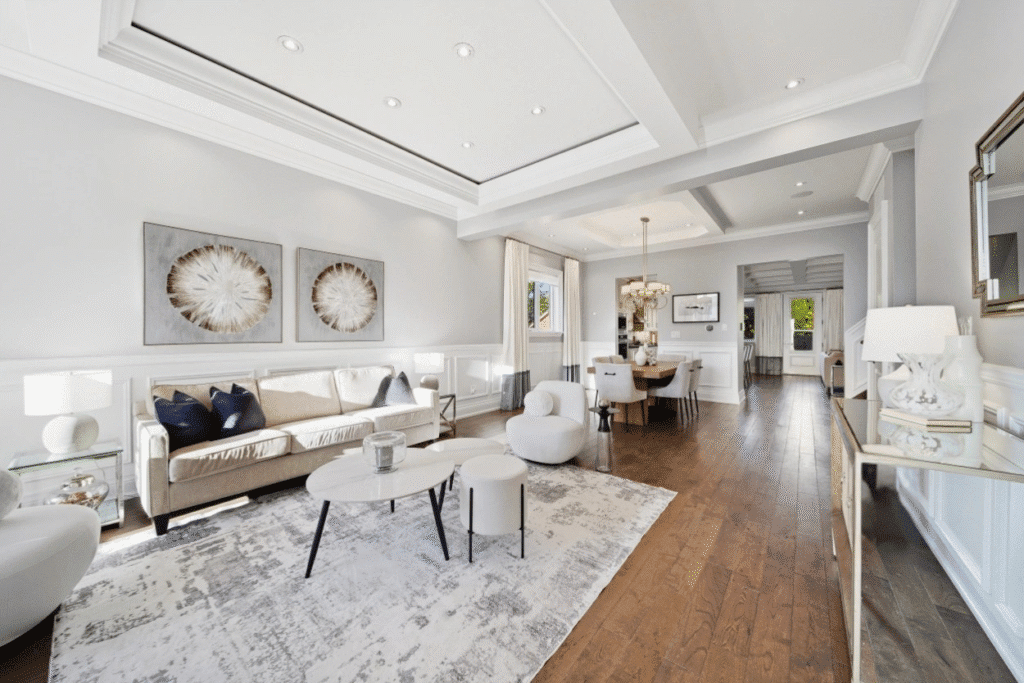
Before the Open House: Setting the Stage
Most of the work that makes an open house successful happens before the first person walks through the door. Good prep can help your home sell faster and for more money.
1. Deep Clean and Declutter
A full clean makes a big difference. Floors, windows, counters and bathrooms should all look fresh. Packing away extras on shelves, crowded counters and toys helps rooms feel larger.
The goal is not to make your home look empty. It is to make it feel open and calm so buyers can picture their own belongings in the space. Putting away personal photos, collections and very bold items can help with that.
2. Stage the High-Impact Rooms
You do not need to stage every corner of the home. Many sellers focus on the entry, living room, kitchen and main bedroom. These are the rooms buyers often remember most.
Simple touches like soft lighting, cushions, neutral art and fresh flowers can warm up a room. Curtains open, lamps on and working bulbs in every fixture all help the home feel bright and welcoming. A light, clean scent is usually best.
3. Create Helpful Take-Home Information
Buyers appreciate clear, simple information they can take with them. Useful items include:
- A one-page feature sheet with photos and key details
- A basic floor plan so buyers understand the layout
- A list of recent upgrades or major work
- A short note about the neighbourhood: parks, schools, transit and local shops
In West Toronto, many buyers ask about High Park, the Bloor subway line and favourite local cafés. It can help to highlight these.
4. Spread the Word and Talk to Neighbours
Marketing usually starts days before the event. The open house can be shared online, added to listing services, mentioned in an agent’s network and supported with clear street signs.
Letting nearby owners know about the open house can also help. Many have friends or family looking to move into the area, so a friendly invite can turn them into quiet ambassadors for your home.
With this prep in place, the home looks its best and the story of the property is clear.

During the Open House: Welcoming Buyers In
On the day, the main goal is simple. Buyers should feel welcome, informed and free to look around without pressure.
For most sellers, it works best to be out of the house so visitors can speak honestly. A trusted agent or host can manage the event.
1. Warm Greeting and Easy Sign In
First impressions start at the door. A friendly greeting, a short welcome and a simple way to sign in set the tone.
Sign in can be done on a tablet, a QR code or a paper sheet. Collecting names and contact details allows for follow up with interested buyers and keeps a record of who has visited the home.
2. Letting Buyers Explore at Their Own Pace
Once inside, buyers should be encouraged to walk through at a pace that feels comfortable. A good host stays nearby and easy to find, but does not follow people from room to room. This gives buyers space to think and talk, while still knowing they can ask questions.
3. Sharing the Story of the Home and Area
As buyers move through the rooms, it helps to point out features they might miss, such as updated windows, storage spaces or smart home tools.
Many buyers respond well when they hear how the home fits into daily life. In West Toronto, that might include the walk to High Park, the nearest subway stop, bike paths or local spots in Bloor West Village, The Junction or Roncesvalles.
4. Light Hospitality and Safety
When it fits, simple refreshments from local bakeries or cafés can make the visit more pleasant and give buyers a taste of the neighbourhood. These should stay low key so the focus remains on the property.
During the open house, it is wise to pay close attention to safety. Rooms with personal items can be watched more closely, and doors to private spaces can be kept closed. If the home becomes busy, guiding visitors helps each room feel comfortable and not crowded.
Listening throughout the event and noting what people like and what concerns they raise provides useful feedback for next steps.

After the Open House: Follow Up and Next Steps
When the open house ends, the next phase with buyers often begins. This is where quiet interest can turn into private showings and, in time, offers.
1. Quick Reset
Right after the event, it helps to reset the home. Signs can come down, lights can be turned off, doors and windows checked and locked and surfaces tidied.
If you are still living in the home, keeping this step simple makes it easier to return to daily life.
2. Smart, Respectful Follow Up
For visitors who shared their contact details and agreed to follow up, a short thank-you message works well. This might include a digital brochure, extra photos or a link to a video tour.
Clear, polite follow up can invite questions and offer private showings without becoming pushy. The goal is to stay helpful, not to flood anyone’s inbox or phone.
3. Learning From Buyer Feedback
After the open house, it is useful to review what visitors said. Which rooms did people like most? Did anyone comment on the price, layout or condition of the home?
If several people ask about the same thing, that may be a sign that photos, the description or how the home is presented could be improved. Sometimes, this feedback may also lead to a talk about pricing.
4. Talking Through Results With You
Sharing the results keeps everyone on the same page. You should hear how many people came, what kinds of buyers they were and what they said.
From there, you and your agent can decide what to adjust. This might include planning another open house, focusing on private showings or updating parts of the listing.
5. Keeping Promising Leads Warm
For buyers who seem like a good match for your home, continued contact can help. Offering showing times, answering detailed questions and making sure they have what they need supports their decision.
Even if some buyers choose another property, they now know your home and your area. In a busy West Toronto market, that kind of visibility helps both present and future opportunities.
With this full before, during and after approach, an open house becomes more than a two-hour event. It becomes a focused part of your overall selling plan.

Is an Open House Right for Your Home?
Every home and every seller is different. Some properties need a big open house to build buzz. Others do better with quiet, private showings.
The most important thing is not to follow a template. It is to build a plan that fits your home, your timeline and the current West Toronto market.
At the Smith Proulx Real Estate Team, we look at the full picture. Because we live and work in these West Toronto neighbourhoods, we understand how they feel at different times of day and in different seasons. We study recent sales in High Park, Bloor West Village, The Junction, Roncesvalles and nearby streets. Then we decide together how an open house should fit into your strategy.
If you are thinking about selling, we would be happy to walk through your home with you. We can point out simple changes that will help it show its best and talk through whether an open house would give you an advantage.
You do not have to guess. With the right plan before, during and after, an open house can be a strong tool to help you move on to your next chapter with confidence.
If you would like to talk about your options, the Smith Proulx Real Estate Team is here to help. We can sit down with you, look at your home and your timeline and build a selling plan that feels right for you and your family. Give us a call at 416-769-6050 or send us an email to start a no-obligation conversation.
Sign Up For Our Newsletter
Looking for more great real estate content? Get it delivered to your inbox with our newsletter!
